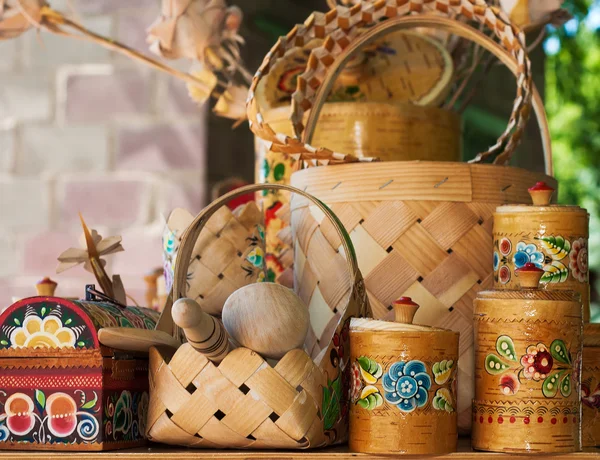Project Report For Cottage Industry
Introduction
Project Report For Cottage Industry is as follows.
A cottage industry is a tiny, decentralized manufacturing company that frequently operates from a house instead of a specially designed building. The amount of capital needed to launch a cottage industry as well as the number of employees serves to characterize it. They frequently concentrate on producing labor-intensive goods but are at a serious disadvantage when competing with manufacturers who operate factories and mass-produce things.
The original cottage industries were small businesses in England and the United States that made small quantities of shoes, small metal machine parts or subcontracted clothing, textiles, or needlework. They might have consisted of family members working together to create completed goods from raw materials provided by business management. Before the Industrial Revolution, many modern enterprises that worked in factories were cottage businesses. Many contemporary cottage industries cater to a market that prefers unique, handcrafted goods to name-brand, mass-produced goods. These might be anything from apparel to handicrafts to adorning objects for the home.

The economies of developing nations are significantly influenced by cottage industries. Larger sectors may not be supported by these economies’ financial infrastructure and capital. Smaller businesses may find it challenging to expand due to a lack of funding or due to the ambiguity surrounding private property and legal rights. Additionally, developing nations are more likely to enjoy a comparative advantage in the utilization of labor as opposed to capital, which enables them to create labor-intensive items at a lower cost than industrialized nations.
Sample Project Report On Cottage Industry
Get Completely Custom Bankable Project Report
Cottage industries are more likely to experience lower productivity because they frequently use labor practices that heavily rely on manual labor or old-fashioned tools and machinery. As a result, even though they might employ a sizable section of the population, they might not generate production at a rate that is commensurate.
Market Potential Of Cottage Industry
India experienced MSME sectors including cottage, textile, food processing, fertilizer, and many more, growing at a CAGR of 18.5% from 2019 to 2020. Loan disbursals to MSMEs increased by 40% from Rs 6.8 trillion (US$ 91.66 billion) in FY20 to Rs 9.5 trillion (US$ 128.06 billion) in FY21.
The cottage industry, which includes a variety of sectors such as food processing, handicrafts, handloom, textiles, coir, and jute, currently has great market potential. India’s overall export value of textile, handicraft, jute, and coir products reached over USD 26, 561 million in 2010–11, representing a CAGR of over 10% over the preceding five years. Cottage industries are typically described as being small-scale or being handled by a single artist.
India is one of the countries well known for having a large number of traditional cottage industries. However, with the start of industrialization, many cottage enterprises have witnessed a severe decline in growth. The Indian government has used innovative strategies to strengthen the country’s economy by resurrecting the cottage industry.

Particularly in rural areas, small-scale cottage enterprises constitute a significant source of employment. Running a small business from home might help farmers augment their income from selling their products.
A cottage company might generate extra revenue in the winter when farming tends to slow down. A cottage industry can enable locals in tiny communities to collaborate and make goods for local markets or even export to bigger cities and other nations. Cottage industries have a lot of potential for producing jobs. A individual working in this sector is typically self-employed as well.
Small companies and cottage industries produced 40% of the country’s overall industrial output. Over 2.2 million people are employed by the 3.5 lakh enterprises that make up the state of West Bengal. Furthermore, it has been demonstrated that this particular business has contributed to the economic freedom of the female labour in both emerging and industrialized nations. Additionally, this industry provides employment chances to countless families because it allows a full family to collaborate to make things.
